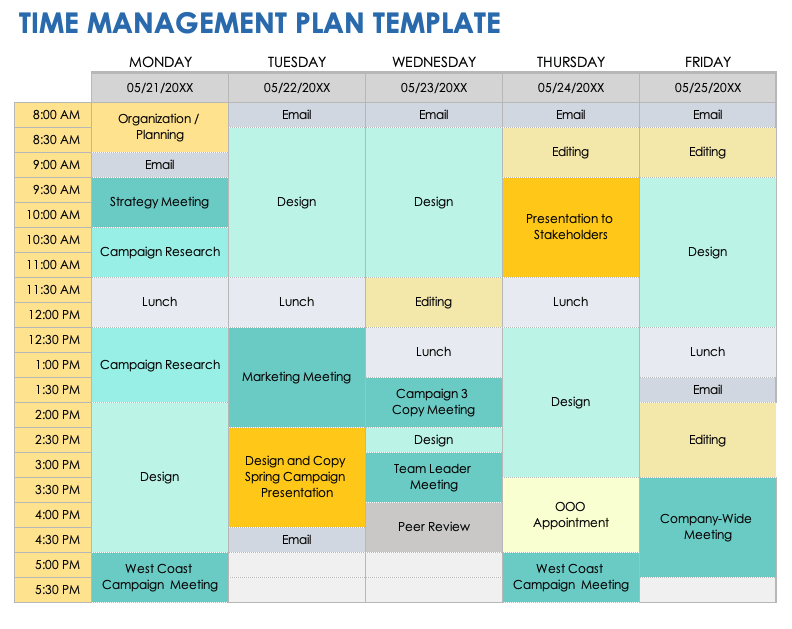Is it possible that mastering time management could be as simple as using customizable timesheet template? The theory suggests that by tailoring timesheets to personal needs and work habits, one might be able to optimize productivity and efficiency. It’s an intriguing concept, and one that’s worth investigating further. Can a tool as straightforward as a customized timesheet truly hold the key to better time management? There’s only one way to find out …
By incorporating comprehensive work management software, businesses can enhance their time-tracking and employee-monitoring capabilities. For those looking to explore this further, utilizing employee timesheet software could be a game-changer in achieving optimal time management and operational efficiency.
Key Takeaways
- Customizable timesheet templates enhance productivity by accurately tracking hours spent on tasks and projects.
- Implementing user-friendly timesheet templates improves transparency, accountability, and minimizes financial errors.
- Timesheets allow for identification of inefficiencies, enabling resource redirection and task elimination to boost productivity.
- Effective time management, facilitated by timesheets, involves prioritizing tasks, establishing clear goals, and focusing on high-value activities.
Understanding Timesheet Templates
To utilize timesheet templates effectively, it’s crucial to grasp what they are and how they function. Essentially, they’re tools used within businesses to keep track of an employee’s time spent on specific tasks or projects. They provide a structured format which can be easily filled out, detailing the hours worked each day, and sometimes, each hour. They’re typically used for payroll purposes, but they also serve as a valuable resource for managing workflow and productivity.
The basic structure of a timesheet template includes columns for dates, start and end times, breaks, and total hours worked. Some even offer fields for more detailed descriptions of tasks completed, or notes for any discrepancies. However, it’s important to remember that while timesheet templates provide a valuable structure, they’re not a one-size-fits-all solution. Businesses often need to customize them to suit their specific needs and workflows.
Understanding timesheet templates is the first step towards effective time management. By properly utilizing these tools, companies can gain a better understanding of how their time is being spent, enabling them to make more informed decisions about resource allocation and workflow management. But remember, the real magic happens when these templates are customized to fit the unique needs of the business.
Benefits of Customizable Timesheets
While understanding the basics of timesheet templates is crucial, it’s their customizable nature that often brings the most benefits to businesses. With the ability to tailor these templates to specific needs, companies can accurately track the work hours of their staff, making payroll software processing more efficient and precise. This not only saves time for the HR team but also minimizes errors that can lead to financial discrepancies.
Moreover, customizable timesheets provide a clear snapshot of employees’ productivity. They allow managers to identify peak productivity hours and areas where improvement is needed. This is invaluable for strategic planning and operational efficiency.
Customizable timesheets also improve transparency and accountability within the organization. They ensure each employee’s work hours are accurately logged and visible to all relevant parties. This reduces misunderstandings and fosters a culture of trust and responsibility, enhancing overall team morale and job satisfaction.
Implementing Timesheet Templates
Having appreciated the benefits of customizable timesheets, it’s now important to understand how to effectively implement these timesheet templates in your business operations.
Firstly, it’s essential to choose the right timesheet template that aligns with your business needs. Whether it’s a daily, weekly, or monthly template, it should be user-friendly and easily understandable by all employees.
Next, conduct a training session for everyone who’ll be using the timesheet. This doesn’t have to be an extensive session; a brief introduction to the template and a walkthrough of how to fill it out will suffice.
After the training, distribute the templates to your employees. It’s advisable to use a digital platform for this, as it allows for real-time tracking and easy access.
Lastly, ensure you have a system in place for reviewing the timesheets. Regularly check them for accuracy and address any discrepancies immediately. This holds employees accountable and ensures the timesheet serves its purpose.
Maximizing Productivity With Timesheets
Proper use of timesheets can significantly boost your team’s productivity by offering clear insights into how time is spent in your organization. They’re not just tools for tracking work hours. When used correctly, timesheets can be powerful productivity enhancers.
Timesheets reveal the time spent on each project, task, or client. They allow managers to identify inefficiencies, redirect resources, and eliminate unnecessary tasks. If a process is consuming more time than it should, it’s an indication that it needs to be streamlined or automated.
Timesheets also help in setting realistic goals. Seeing actual time spent on tasks helps in predicting future workloads and deadlines. This way, teams can manage their time more efficiently, avoiding overcommitting and underdelivering.
Moreover, they can motivate employees. When individuals see how their time translates into tangible results, it boosts their morale and encourages them to work smarter.
Essential Tips for Effective Time Management
Building on the productivity benefits of timesheets, let’s explore some practical tips for managing time effectively. At the heart of it, effective time management isn’t about being busy; it’s about being productive. It’s about focusing on tasks that genuinely matter and making sure those get done first.
Prioritizing tasks is essential. It’s the process of deciding what should be done first based on importance and urgency. It helps in focusing on high-value activities and reducing the time spent on low-value tasks.
Next in line is setting clear goals and deadlines. It’s easier to manage time when there’s a clear end target in sight. Deadlines create a sense of urgency and can motivate individuals to complete tasks faster.
Blocking time is another effective strategy. It’s about dedicating specific time slots for different activities, helping to manage workload better and prevent multitasking.
Conclusion
In conclusion, mastering time management through customizable timesheet templates can transform your productivity levels. These tools offer flexibility, improved accuracy and efficient tracking. Implementation is straightforward, and with a focus on maximizing productivity, they can be an asset to any business. Remember, effective time management is not just about tracking hours, it’s about making the most of each one. So, let’s start making every second count!


